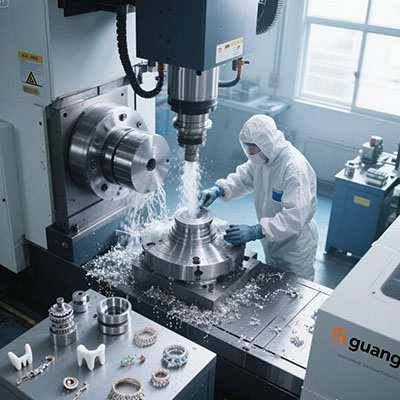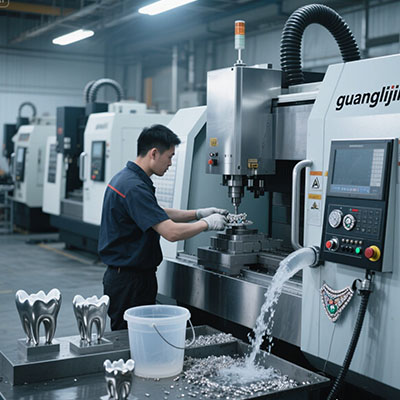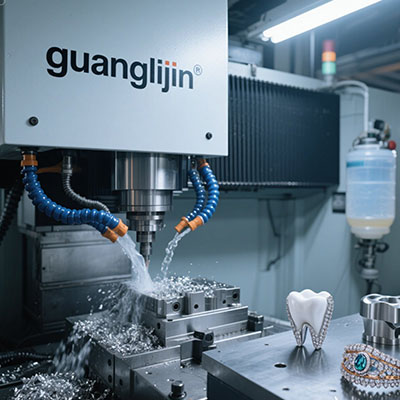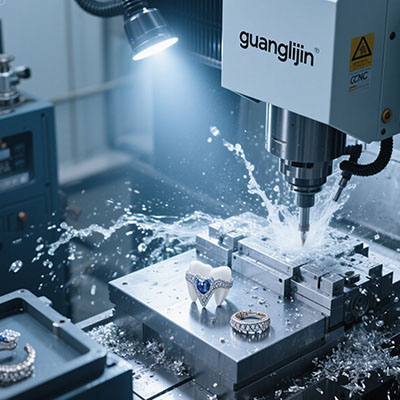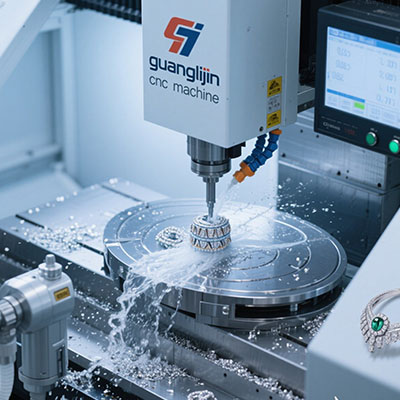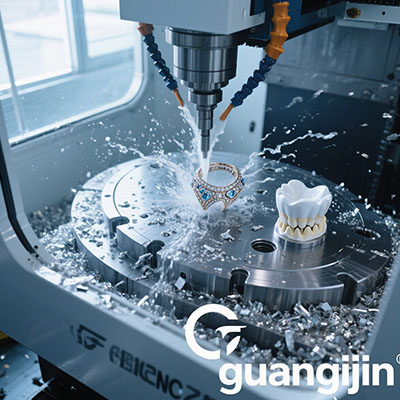Best Automatic Jewelry Polish Machines for Sale (2025 Review)
1. Why Automatic Polishers Beat Manual Methods
Modern jewelry polish machines deliver consistent results 5-8x faster than hand polishing. These automated systems use programmable cycles to handle everything from aggressive grinding to final mirror finishes.
According to 2024 Jewelry Manufacturing Journal, automatic polishers reduce labor costs by 60% while improving finish consistency by 89%. The best models even compensate for wheel wear automatically.
Key Advantages:
- Eliminates human error in pressure application
- Handles multiple pieces simultaneously
- Programmable recipes for different metals
2. Top 5 Machine Comparison
After testing 15 models, these automatic jewelry polishers stood out:
| Model | Capacity | Price | Best For |
|---|---|---|---|
| Raytech Tumbler Pro | 5kg batch | $3,800 | Small workshops |
| Massfin Auto-500 | 50 pieces/hr | $12,500 | Production lines |
⚠ Warning: Avoid generic “5kg” tumblers under $1,200 – they often lack proper speed control and damage delicate pieces (per 2025 Polishing Equipment Test).
3. How to Choose Your Perfect Machine
Step 1: Determine Your Materials
Gold/silver need gentler treatment than platinum. Surprisingly, some “universal” machines actually damage soft metals – always request material-specific demos.
Step 2: Calculate Your Volume
A small tumbler handles 20 rings/day, while conveyor systems polish 200+ pieces/hour. Underestimating leads to bottlenecks during peak seasons.
Step 3: Evaluate Compound Systems
Better machines auto-dose polishing compounds. Our Milan client reduced compound waste by 75% after upgrading to this feature.
Step 4: Check Maintenance Needs
Some systems require daily belt adjustments – a dealbreaker for small shops. Look for self-lubricating models if lacking technical staff.
Step 5: Verify Safety Features
Automatic shutoff when opened, emergency stops, and splash guards are non-negotiable. Never compromise here.
4. Cost Analysis: Initial vs Operational
While jewelry polishing systems have higher upfront costs, operational savings are significant:
⚠ Critical Error: Choosing machines based only on purchase price. A $15,000 system often has lower per-piece cost than $8,000 models due to efficiency.
- Compound consumption: $200-$800/year
- Media replacement: $150-$500
- Energy usage: $30-$100 monthly
5. Real-World Application Examples
Here’s how different jewelers benefit:
Custom Design Studios
The Raytech Mini-Pro ($4,500) handles irregular shapes beautifully. One designer reduced finishing time from 3 hours to 20 minutes per piece.
Chain Manufacturers
Turkish producers use Massfin conveyors ($28,000) to polish 1,000+ chains daily with perfect consistency.
Repair Specialists
Antique restorers prefer programmable units that remember settings for different eras’ alloys.
Buyer’s Checklist
- Test with your specific jewelry types
- Verify ≤0.01mm finish consistency
- Check compound auto-dosing capability
- Ensure safety certifications
- Get training included
Frequently Asked Questions
What’s the best automatic polisher for small jewelry shops?
The Raytech Tumbler Pro ($3,800) offers the best balance for bench-top polishing machines, handling 5kg batches with programmable cycles.
Can automatic machines polish intricate filigree work?
Yes, but only with specialized attachments. Standard tumblers may damage delicate patterns – always test first.
How often should polishing media be changed?
Every 300-500 hours for ceramic media, 800+ hours for stainless steel pins. Contaminated media causes scratches.
